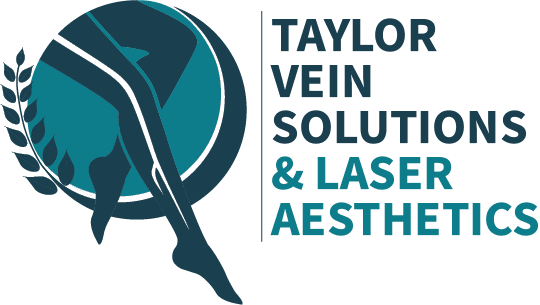Varicose Veins
Similar to how plant veins provide structure and support to leaves while transporting water, energy and nutrients, human veins contain valves that open and close assisting in the return deoxygenated blood to the heart after arteries carry blood out.
Therefore, human veins can not carry out their regular functions if they are damaged. When vein valves no longer function properly, the blood begins to travel in both directions. This leads to the pooling of blood in the legs.
Due to this venous reflux, veins may enlarge, lose form, protrude and become visible under the skin as varicose veins.









